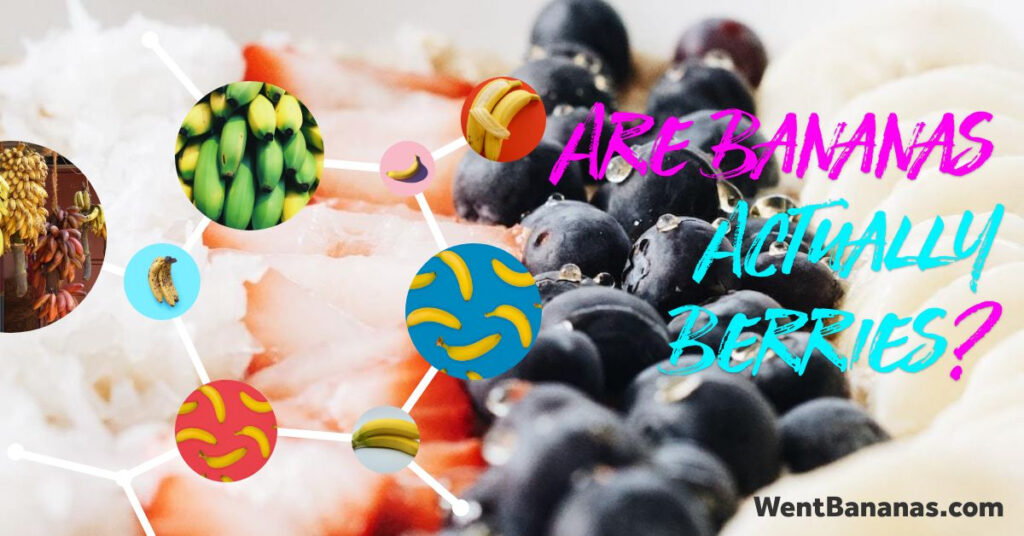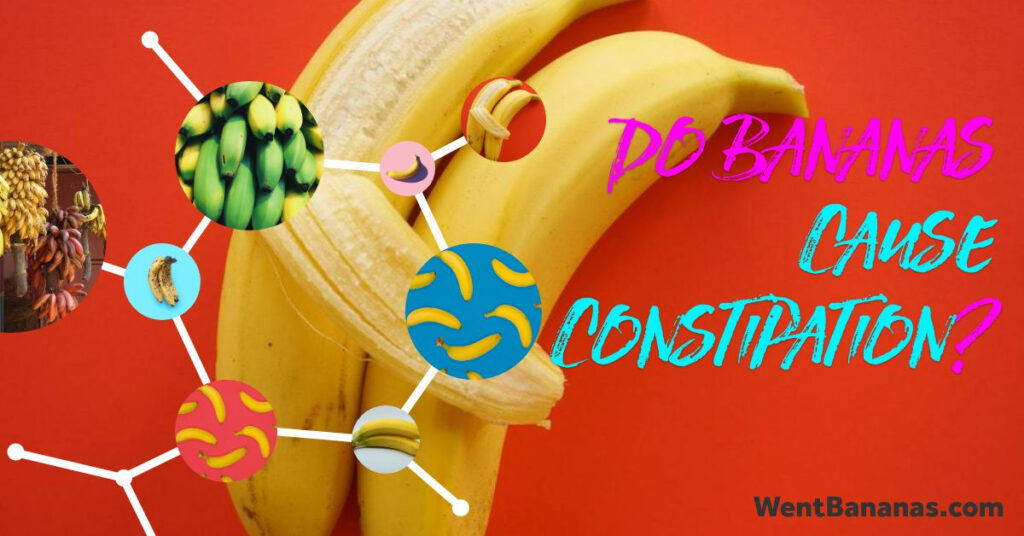Key Takeaways
- Deforestation and Habitat Loss: Extensive banana cultivation leads to significant deforestation, reducing native forests and threatening wildlife habitats in key producing countries like Costa Rica and Colombia.
- Water Consumption and Pollution: Intensive irrigation practices and chemical runoff from pesticides and fertilizers deplete water resources and contaminate local waterways, harming aquatic ecosystems and communities.
- Use of Pesticides and Fertilizers: Heavy reliance on pesticides and fertilizers degrades soil health, disrupts microbial communities, and poses serious health risks to farm workers and nearby populations.
- Biodiversity Loss: Expansion of banana plantations diminishes biodiversity by destroying natural habitats and negatively impacting essential pollinators, which are crucial for ecosystem balance and agricultural productivity.
- Sustainable Farming Practices: Implementing organic farming and certification programs like Fair Trade and Rainforest Alliance can mitigate environmental impacts by promoting responsible land use, reducing chemical usage, and enhancing ecosystem resilience.
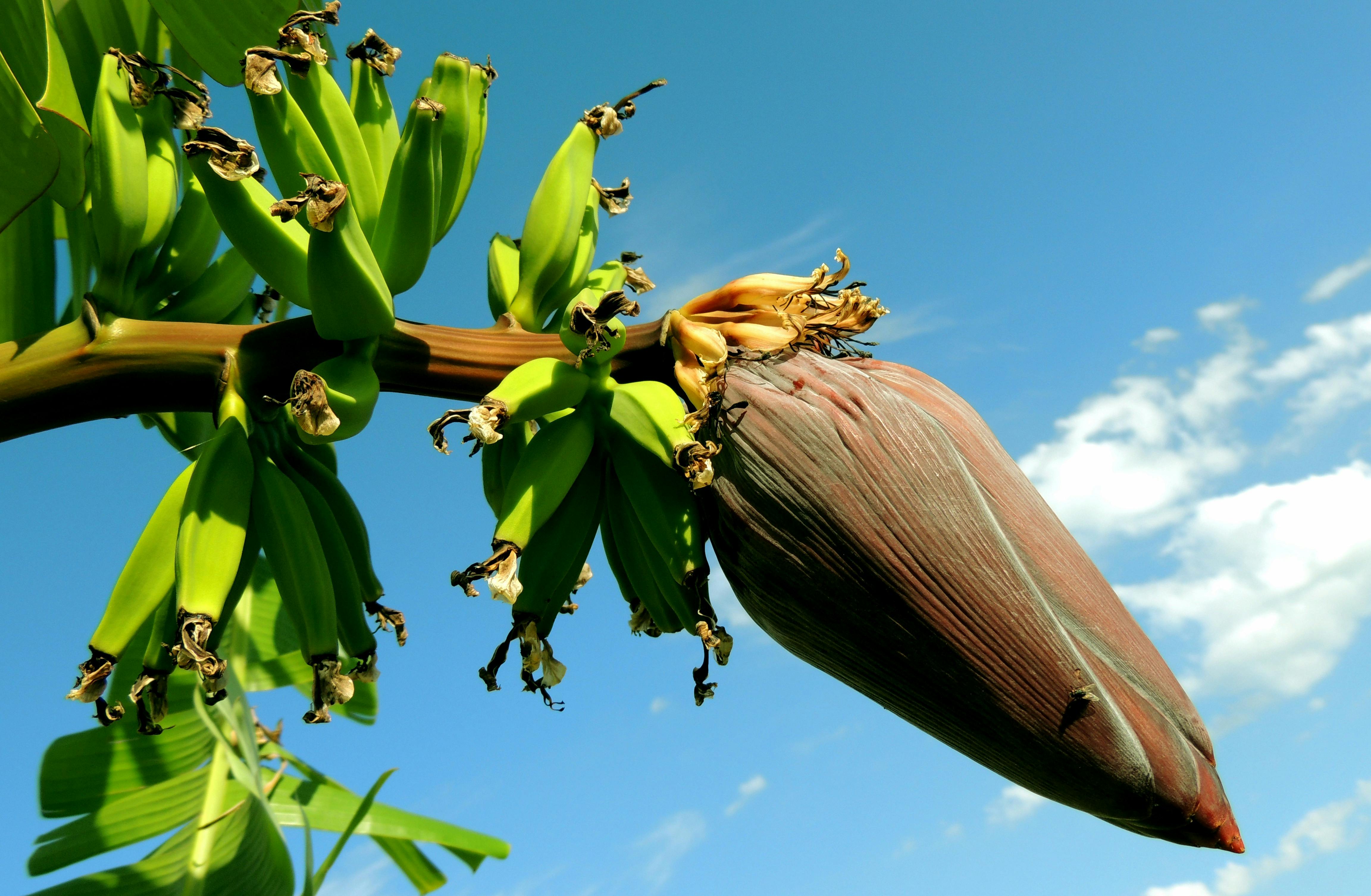
Bananas are a beloved fruit around the world, but have you ever wondered about the environmental footprint behind their cultivation? As someone passionate about both bananas and our planet, I’ve delved into the intricate ways banana farming affects the environment.
From deforestation and loss of biodiversity to the heavy use of pesticides and water resources, banana cultivation presents several challenges we need to address. While the bright yellow fruit is sweet and nutritious, the methods used to grow it can have lasting impacts on our ecosystems.
In this article, I’ll take you through the various environmental issues associated with banana farming and discuss what we can do to enjoy bananas more sustainably. Let’s uncover the hidden costs and explore ways to minimize our impact while still savoring this favorite fruit.
Land Use And Deforestation
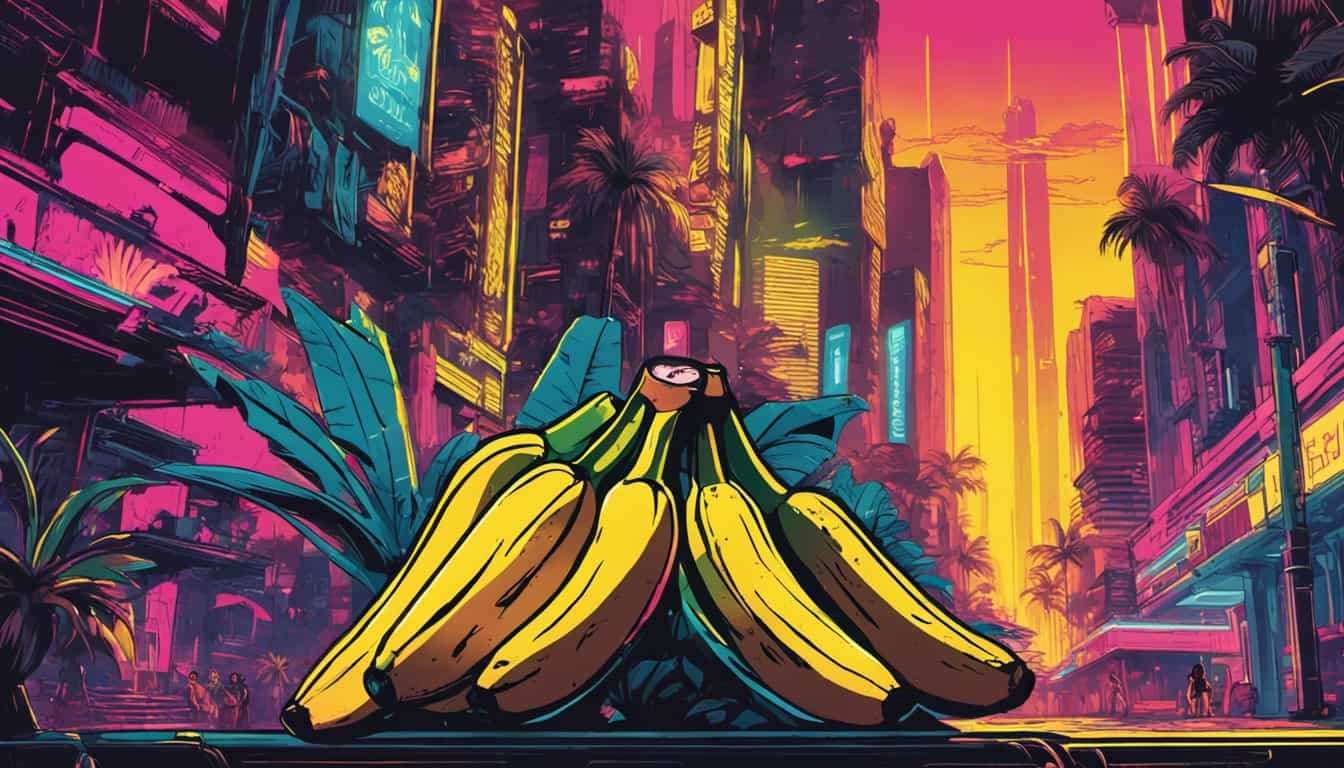
Banana cultivation requires extensive land, often leading to deforestation in tropical regions. This shift impacts both local ecosystems and wildlife habitats.
Effects On Local Ecosystems
I’ve observed how banana plantations change soil composition and water cycles. Intensive farming depletes soil nutrients, increasing fertilizer usage by up to 50% annually. Large-scale irrigation alters natural water availability, affecting nearby communities and wildlife. Pesticides and herbicides used in banana farming contaminate water sources, harming aquatic life and reducing biodiversity. For example, in Ecuador and the Philippines, these practices have led to decreased soil fertility and compromised water quality, impacting local agriculture and ecosystem health.
Loss Of Habitats
I’ve noticed that expanding banana plantations result in forest clearing, leading to habitat loss for numerous species. In Costa Rica and Colombia, deforestation for banana farming has significantly reduced native forests. The table below shows deforestation rates in key banana-producing countries:
| Country | Deforestation Rate (%) |
|---|---|
| Costa Rica | 30 |
| Colombia | 25 |
| Ecuador | 20 |
| Philippines | 15 |
This loss diminishes biodiversity and threatens endangered species like the jaguar and the goliath frog. Forest fragmentation disrupts migration patterns and breeding grounds, making survival difficult for wildlife. Additionally, the reduction of forest areas contributes to climate change by decreasing carbon sequestration.
Water Consumption And Pollution
Banana cultivation demands significant water resources and can lead to water pollution if not managed properly. Understanding these impacts helps in promoting more sustainable farming practices.
Irrigation Practices
Banana farms typically use drip irrigation and flood irrigation methods. Drip irrigation conserves water by delivering it directly to the plant roots, reducing evaporation. However, flood irrigation remains prevalent in some regions due to lower initial setup costs. On average, producing one ton of bananas requires approximately 1,000 to 2,000 liters of water. Efficient irrigation systems can lower this demand, ensuring that water resources are used responsibly.
Runoff And Waterways
Runoff from banana plantations often carries pesticides, herbicides, and fertilizers into nearby waterways. This contamination affects aquatic ecosystems and can harm local communities relying on these water sources. Key pollutants include:
- Nicotiana-derived pesticides: Harm beneficial insects and aquatic life.
- Nitrogen and phosphorus: Lead to algal blooms, reducing oxygen levels in water.
- Herbicides: Impact non-target plant species and disrupt habitats.
Implementing buffer zones and sustainable farming practices can mitigate these effects, protecting both the environment and water quality.
Use Of Pesticides And Fertilizers
The application of pesticides and fertilizers plays a significant role in banana cultivation. However, their use carries substantial environmental and health implications.
Chemical Impacts On Soil
Excessive pesticide and fertilizer use depletes essential soil nutrients, reducing fertility over time. Herbicides disrupt soil microbial communities, impairing nutrient cycling and soil structure. Persistent chemicals accumulate in the soil, leading to long-term contamination. This degradation hinders sustainable banana farming and necessitates increased chemical inputs to maintain crop yields.
Health Risks
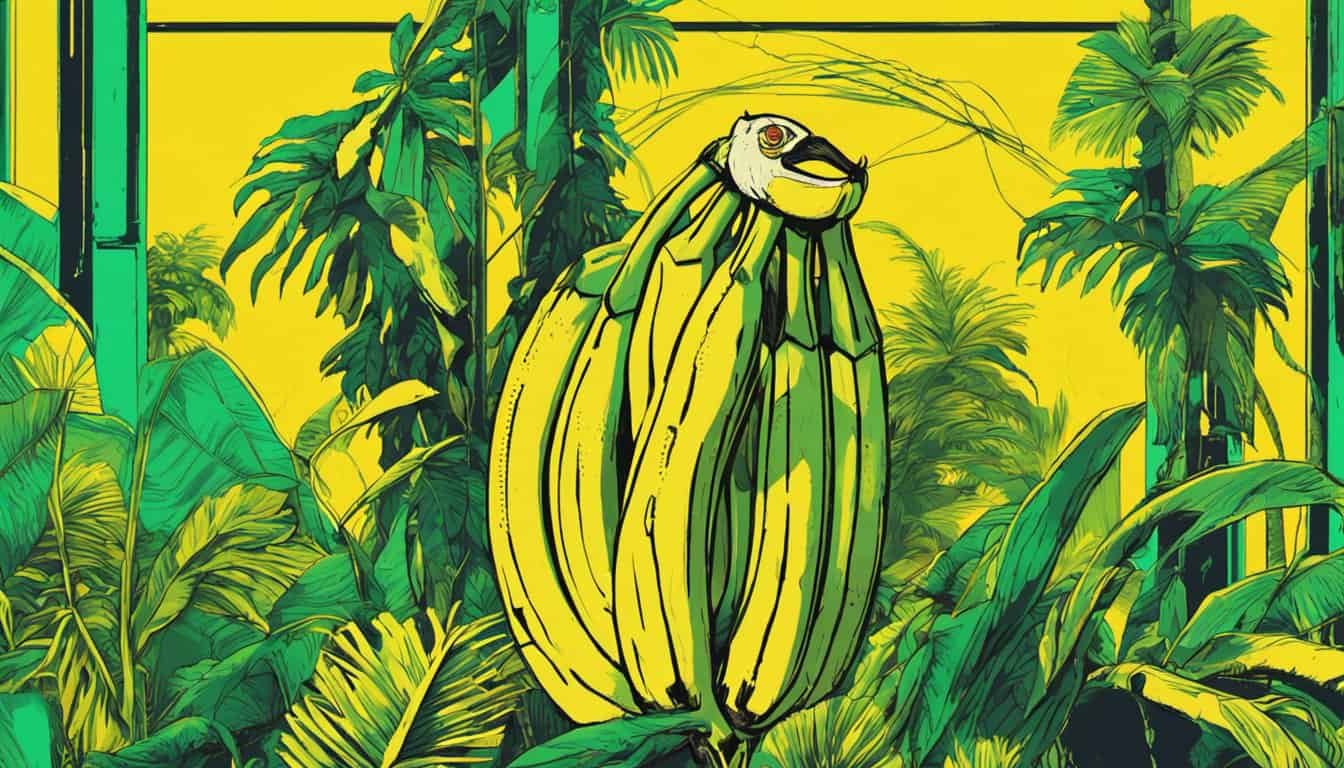
Exposure to pesticide residues poses serious health risks to farm workers and nearby communities. Chronic exposure can lead to respiratory issues, skin disorders, and neurological disorders. Children are particularly vulnerable to these toxins, which can affect their development and cognitive functions. Contaminated water sources from runoff further exacerbate health hazards, impacting broader populations reliant on these water supplies.
Biodiversity Loss
Banana cultivation plays a significant role in diminishing biodiversity within agricultural regions. I dive into how expanding banana farms threaten native species and disrupt essential ecosystems.
Threat To Native Species
Expanding banana plantations destroys natural habitats, reducing spaces for native plants and animals. In countries like Costa Rica and Colombia, native tree species decline as land converts to monocultures. This habitat loss leads to decreased species diversity, making ecosystems more vulnerable to disturbances. Endemic species, unique to specific areas, face extinction risks due to their limited habitats. Additionally, reduced biodiversity weakens ecosystem resilience, hindering their ability to recover from environmental changes.
Impact On Pollinators
Banana farming practices negatively affect pollinators essential for ecosystem health. The excessive use of pesticides diminishes populations of bees, butterflies, and other pollinators by contaminating their habitats and food sources. Lower pollinator activity results in reduced plant reproduction rates, disrupting ecological balance. This decline also impacts agricultural productivity, as fewer pollinators lead to lower crop yields. Protecting pollinator populations is crucial for maintaining both biodiversity and the sustainability of banana cultivation.
Sustainable Practices
Adopting sustainable practices minimizes the environmental impact of banana cultivation. I focus on methods that preserve ecosystems and promote responsible farming.
Organic Banana Farming
Organic banana farming eliminates synthetic pesticides and fertilizers, enhancing soil health and biodiversity. By using natural pest control and organic fertilizers, farmers reduce chemical runoff that contaminates water sources. Practices like crop rotation, cover cropping, and composting maintain soil fertility, decreasing dependency on chemical inputs. This approach supports beneficial insects, including pollinators such as bees and butterflies, fostering a balanced ecosystem.
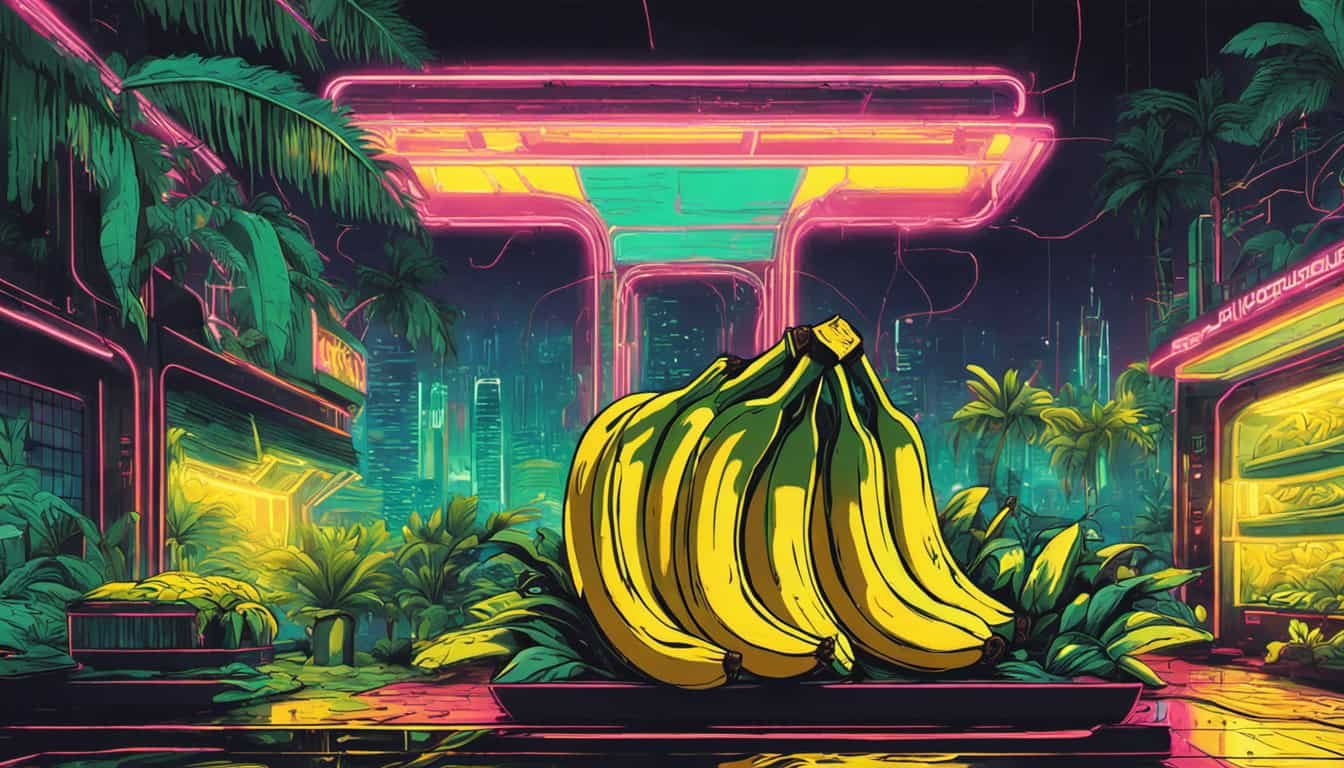
Certification Programs
« Organic Banana Production: Challenges and Benefits You Need to Know
Water Usage in Banana Farms: Conservation Efforts Transforming Sustainability »
Certification programs like Fair Trade and Rainforest Alliance establish standards for sustainable banana farming. These certifications ensure that banana growers follow environmental and social guidelines. Fair Trade certification emphasizes fair wages and safe working conditions for farmers, while Rainforest Alliance focuses on conserving ecosystems and reducing pesticide use. Certified bananas provide consumers assurance that their purchases support ethical and sustainable farming practices.
Conclusion
Seeing the environmental challenges of banana farming really opened my eyes. It’s inspiring to know there are sustainable ways to grow this favorite fruit. By choosing organic and certified bananas I feel like I’m helping protect forests and wildlife. Making these mindful choices not only lets me enjoy bananas but also supports a healthier planet. Together we can make a positive impact and ensure that bananas remain a delicious and environmentally friendly part of our lives.
Frequently Asked Questions
What is the environmental impact of banana cultivation?
Banana cultivation significantly affects the environment through deforestation, loss of biodiversity, and excessive use of pesticides and water. It often leads to habitat destruction in tropical regions, contaminates water sources, and depletes soil nutrients, contributing to climate change and ecosystem imbalance.
How does banana farming contribute to deforestation?
Banana farming requires extensive land, leading to the clearing of large forest areas in tropical regions. This deforestation destroys wildlife habitats, reduces biodiversity, and disrupts local ecosystems, particularly in countries like Costa Rica and Colombia.
How much water is needed to produce bananas?
Producing one ton of bananas typically requires between 1,000 to 2,000 liters of water. Banana farms use methods like drip irrigation to conserve water, but some regions still rely on flood irrigation, which is less efficient and more water-intensive.
What are the effects of pesticides used in banana farming?
Excessive pesticide use in banana farming contaminates water sources and harms aquatic life. It also poses serious health risks to farm workers and nearby communities, including respiratory issues, skin disorders, and neurological problems.
How does banana cultivation impact biodiversity?
The expansion of banana plantations leads to significant habitat loss, threatening native species and reducing overall biodiversity. This loss weakens ecosystem resilience and disrupts essential services like pollination, impacting both the environment and agricultural productivity.
What sustainable practices can reduce the environmental impact of banana farming?
Sustainable banana farming practices include organic farming, which eliminates synthetic pesticides and fertilizers, natural pest control, crop rotation, and composting. Certification programs like Fair Trade and Rainforest Alliance also promote ethical and environmentally friendly farming methods.
How do banana plantations affect local communities?
Banana plantations can lead to water pollution and health issues due to pesticide runoff. They may also disrupt local economies and livelihoods if not managed sustainably, affecting the well-being of nearby communities.
What are certification programs for sustainable banana farming?

Certification programs such as Fair Trade and Rainforest Alliance set standards for sustainable banana farming. These programs ensure ethical practices, including fair wages for farmers, safe working conditions, and environmentally friendly farming methods.
How does banana farming contribute to climate change?
Deforestation for banana plantations reduces carbon sequestration, contributing to increased greenhouse gas levels. Additionally, the excessive use of fertilizers and pesticides releases more carbon emissions, further exacerbating climate change.
What can consumers do to support sustainable banana farming?
Consumers can support sustainable banana farming by choosing certified bananas from Fair Trade or Rainforest Alliance. Opting for organic bananas and reducing overall consumption can also help minimize the environmental impact of banana cultivation.













